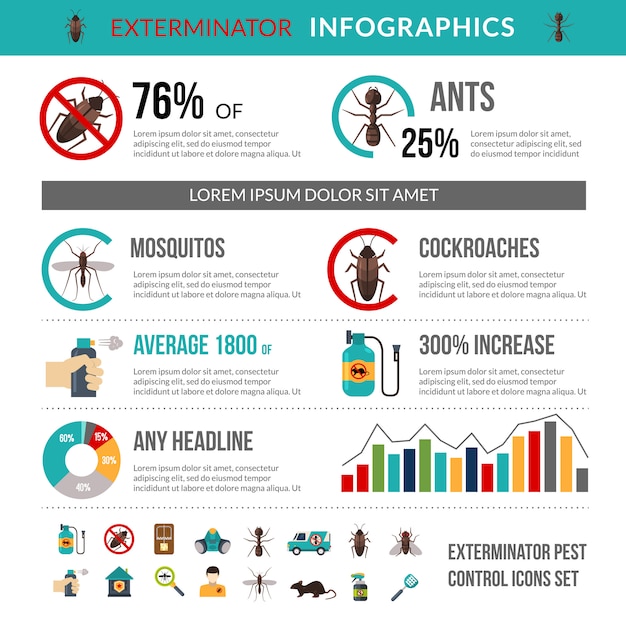Acquiring Understanding On Exactly How Rats Act Is Necessary For Effectively Controlling Parasite Infestations. Professionals Provide Valuable Understandings On This Matter
Acquiring Understanding On Exactly How Rats Act Is Necessary For Effectively Controlling Parasite Infestations. Professionals Provide Valuable Understandings On This Matter
Blog Article
Web Content Develop By-Gravgaard Brun
Picture being able to anticipate the relocations of your challengers in a game of chess, constantly staying one action in advance.
Worldwide of insect control, recognizing rodent behavior resembles having that tactical advantage. By acquiring specialist understandings right into the nesting habits, feeding patterns, and communication and social habits of rodents, you can properly combat these pesky creatures.
Yet just how precisely do rodents behave, and why is it crucial to recognize? In this conversation, we will unwind the secrets of rodent habits, providing you with useful knowledge that will assist you remain in advance in the battle versus parasites.
Are all natural flea treatment set to reveal the keys of these shrewd animals?
Nesting Behaviors
To understand rodent actions and properly control insects, it is very important to gain insight into their nesting behaviors.
Rats, such as mice and rats, have an all-natural impulse to discover sanctuary and create nests where they really feel risk-free and protected. These nests function as their homes, reproducing grounds, and storage space areas for food. Comprehending their nesting practices can assist you identify possible locations of problem and implement targeted control measures.
Rodents generally choose nesting in dark, secluded areas, such as attics, cellars, crawl spaces, and wall gaps. They utilize materials like shredded paper, material, insulation, and even chewed-up electrical cords to construct their nests.
Feeding Patterns
Rats exhibit unique feeding patterns that play a vital role in their behavior and can educate effective parasite control approaches. Recognizing these patterns is crucial for implementing successful parasite control steps.
https://spectrumnews1.com/ca/la-west/health/2022/07/28/animal-rescue-groups-prepare-for-avian-influenza-to-reach-southern-california are opportunistic feeders, suggesting they'll take in whatever food is readily available. They've a preference for high-calorie foods such as grains, nuts, and seeds. This is why correct storage space of food and waste administration are important in stopping rodent infestations.
In addition, rodents are nocturnal, which suggests they're most energetic during the night when they look for food. By understanding their feeding patterns, you can tactically put catches and lures to optimize their effectiveness.
Keeping food sources hard to reach and maintaining a tidy atmosphere can aid hinder rodents and decrease the danger of problem.
Interaction and Social Behavior
Understanding just how rodents connect and engage socially is critical for efficient insect control approaches. Rats, like mice and rats, have complicated interaction systems that they make use of to communicate details per other and coordinate their tasks. Right here are 3 vital facets of rodent communication and social habits:
1. Articulations: Rodents produce a large range of singing audios, consisting of squeaks, chirps, and babbling, to communicate with each other. These vocalizations can convey different messages, such as risk warnings or mating calls.
2. Scent noting: Rats make use of scent glands to leave chemical signals on objects and in their environment. These scent marks act as territorial borders and interact details about reproductive condition, dominance, and social affiliation.
3. Social hierarchy: Rats have a hierarchical social structure, with leading people having accessibility to sources and preferred nesting sites. Understanding this hierarchy is essential for targeting bug control initiatives and identifying key individuals for elimination.
Conclusion
So, there you have it - a quick glimpse into the interesting world of rodent habits. By understanding their nesting routines, feeding patterns, and communication, we can better deal with the issue of parasite control.
Did you recognize that a women mouse can generate up to 10 clutters per year, with each litter consisting of around 5-6 puppies? This amazing statistic highlights the significance of prompt and effective parasite monitoring to prevent rodent populations from spiraling out of control.
